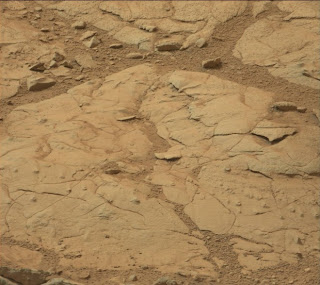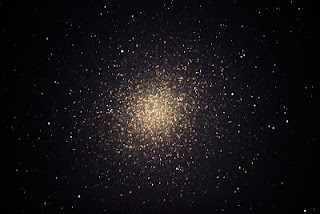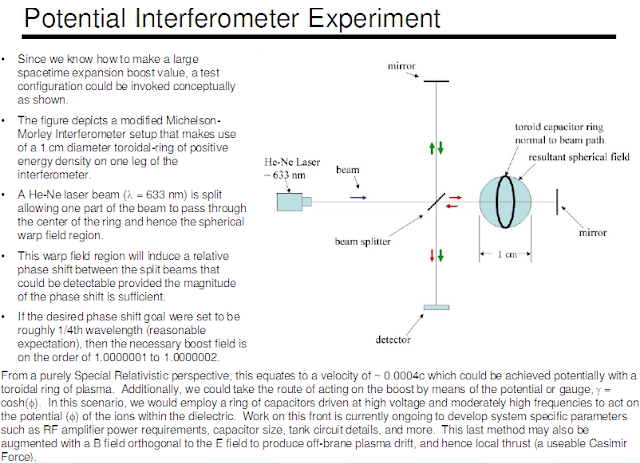Click here to read this mailing online.
|
Carnival of Space 2831. thevenustransit site has a short explanation about the rising moon with a nice video
2. The Meridiani Journal has more ‘bubbles’ from Curiosity – a lot of them
Mastcam image from sol 137 showing more of the “bubbles” on the bedrock. Credit: NASA / JPL-Caltech 3. Omega Centauri is on the hot spot! Personal observation and interesting links about Omega Centauri globular cluster. Have a look at the biggest globular cluster in our Milky Way @ Links Through Space. 4. Nextbigfuture -Talk Polywell had some calculations of what might be achieved with the Harold White space warping work given plausible power generation and propulsion systems. This information was provided by Paul March who is working on the NASA project to try to create a detectable warping of space. Paul March did some more calculations with the warp-field analysis tool and found the following - by decreasing the resonant cavity dielectric density down to a lunar like vacuum level of 5x10^-12 Torr and increasing the warp-core torodial resonant cavity size up to 20 meter OD by 15 meter ID by 20 meter long while still using green light laser frequency for the RF source and using "just" 1.0 gigawatt of electrical input power, that one might be able to obtain a c boost factor of 88,000 times the speed of light. If one pulled back to using an infrared 1x10^12 Hz (THz) RF source using the same 1.0 GWe of input power, then the c boost factor lowers down to ~3,600c. * First have a successful creation and detection of a one part in ten million space warp Here is information from a presentation by Harold White that explains the test setup and physics around the concept. * Develop and increase the level of space warping to a full warping of space * Develop advanced space propulsion to achieve about 10% of light speed (nuclear fusion propulsion, nuclear fission propulsion, power beamed propulsion) * Apply the advanced design of warping technology to the sublight space vehicle Read more » NASA Kepler releases 15847 likely exoplanets detectionsNASA Kepler released last month 18,406 planet-like detection events from its last three year mission to search for exoplanets (Kepler Q1-Q12 TCE). Further analysis is required by the NASA Kepler Team and the scientific community to extract and identify true planets, including those potentially habitable.
The Planetary Habitability Laboratory @ UPR Arecibo (PHL) performed a preliminary analysis and identified 262 candidates for potentially habitable worlds in this dataset. These candidates become top priority for further analysis, additional observations, and confirmation.
Read more » Over 100 billion planets in the galaxyA new study from Caltech conckudes that there are over 100 billion planets in the Milky way galaxy. This is based on one planet per star but is conservative and there are likely two or more planets per star.
Like the Caltech group, other teams of astronomers have estimated that there is roughly one planet per star, but this is the first time researchers have made such an estimate by studying M-dwarf systems, the most numerous population of planets known.To do that calculation, the Caltech team determined the probability that an M-dwarf system would provide Kepler-32's edge-on orientation. Combining that probability with the number of planetary systems Kepler is able to detect, the astronomers calculated that there is, on average, one planet for every one of the approximately 100 billion stars in the galaxy. But their analysis only considers planets that are in close orbits around M dwarfs—not the outer planets of an M-dwarf system, or those orbiting other kinds of stars. As a result, they say, their estimate is conservative. In fact, says Swift, a more accurate estimate that includes data from other analyses could lead to an average of two planets per star.
M-dwarf systems like Kepler-32's are quite different from our own solar system. For one, M dwarfs are cooler and much smaller than the sun. Kepler-32, for example, has half the mass of the sun and half its radius. The radii of its five planets range from 0.8 to 2.7 times that of Earth, and those planets orbit extremely close to their star. The whole system fits within just over a tenth of an astronomical unit (the average distance between Earth and the sun)—a distance that is about a third of the radius of Mercury's orbit around the sun. The fact that M-dwarf systems vastly outnumber other kinds of systems carries a profound implication, according to Johnson, which is that our solar system is extremely rare. "It's just a weirdo," he says.The fact that the planets in M-dwarf systems are so close to their stars doesn't necessarily mean that they're fiery, hellish worlds unsuitable for life, the astronomers say. Indeed, because M dwarfs are small and cool, their temperate zone—also known as the "habitable zone," the region where liquid water might exist—is also further inward. Even though only the outermost of Kepler-32's five planets lies in its temperate zone, many other M dwarf systems have more planets that sit right in their temperate zones. Read more » More Recent Articles
|
Click here to safely unsubscribe from "Next Big Future." Click here to view mailing archives, here to change your preferences, or here to subscribe • Privacy 



| Your requested content delivery powered by FeedBlitz, LLC, 9 Thoreau Way, Sudbury, MA 01776, USA. +1.978.776.9498 |




